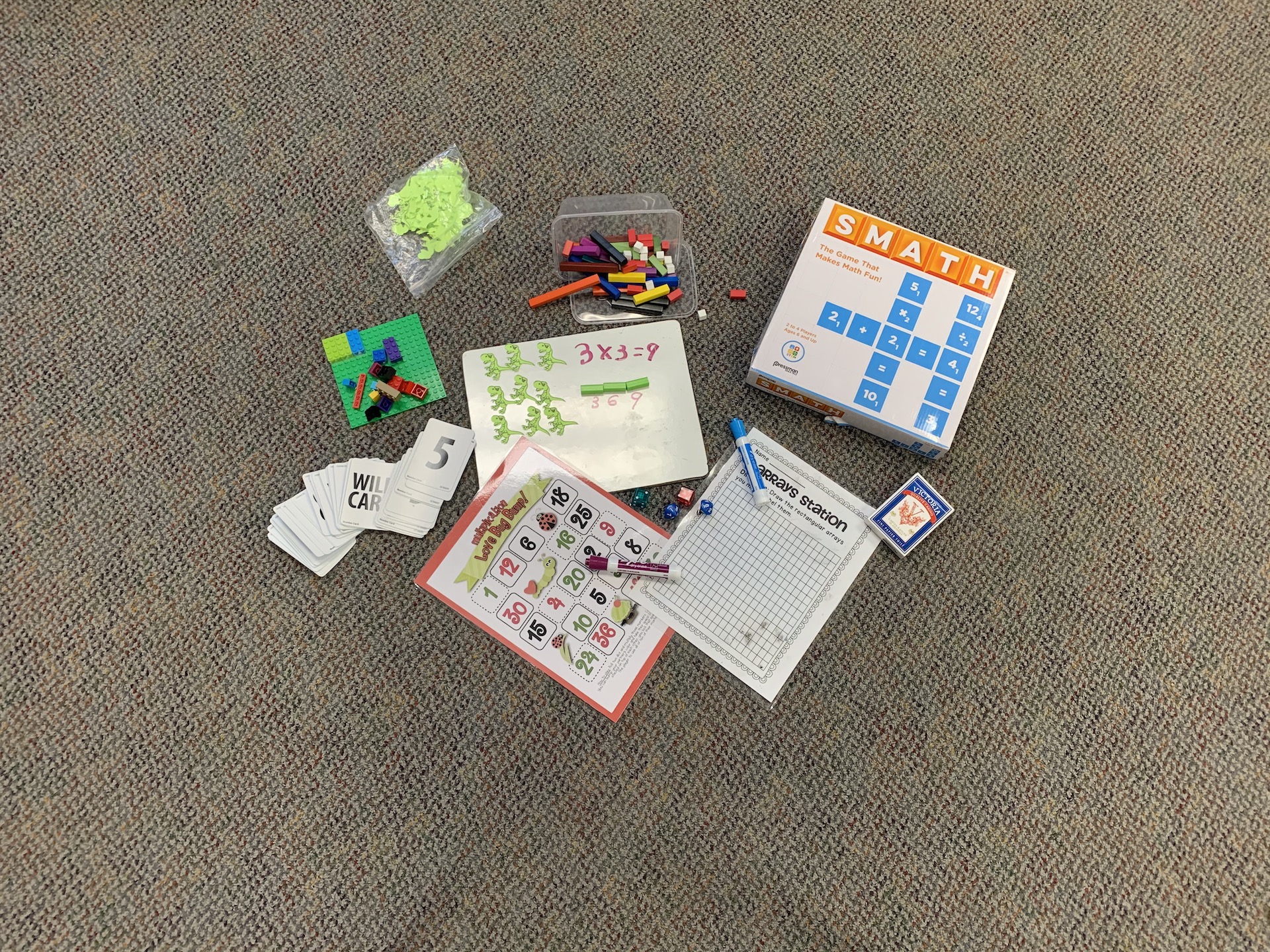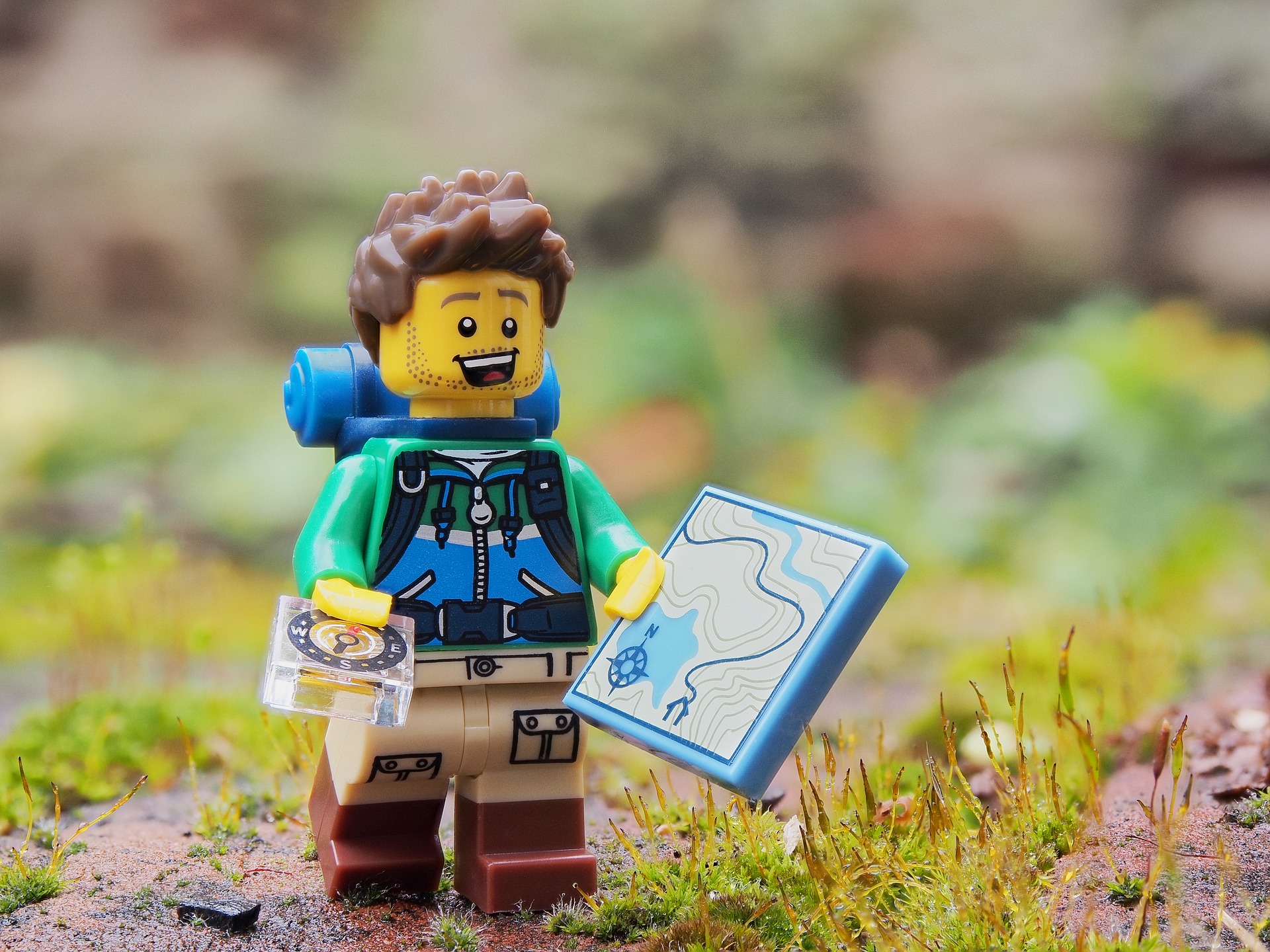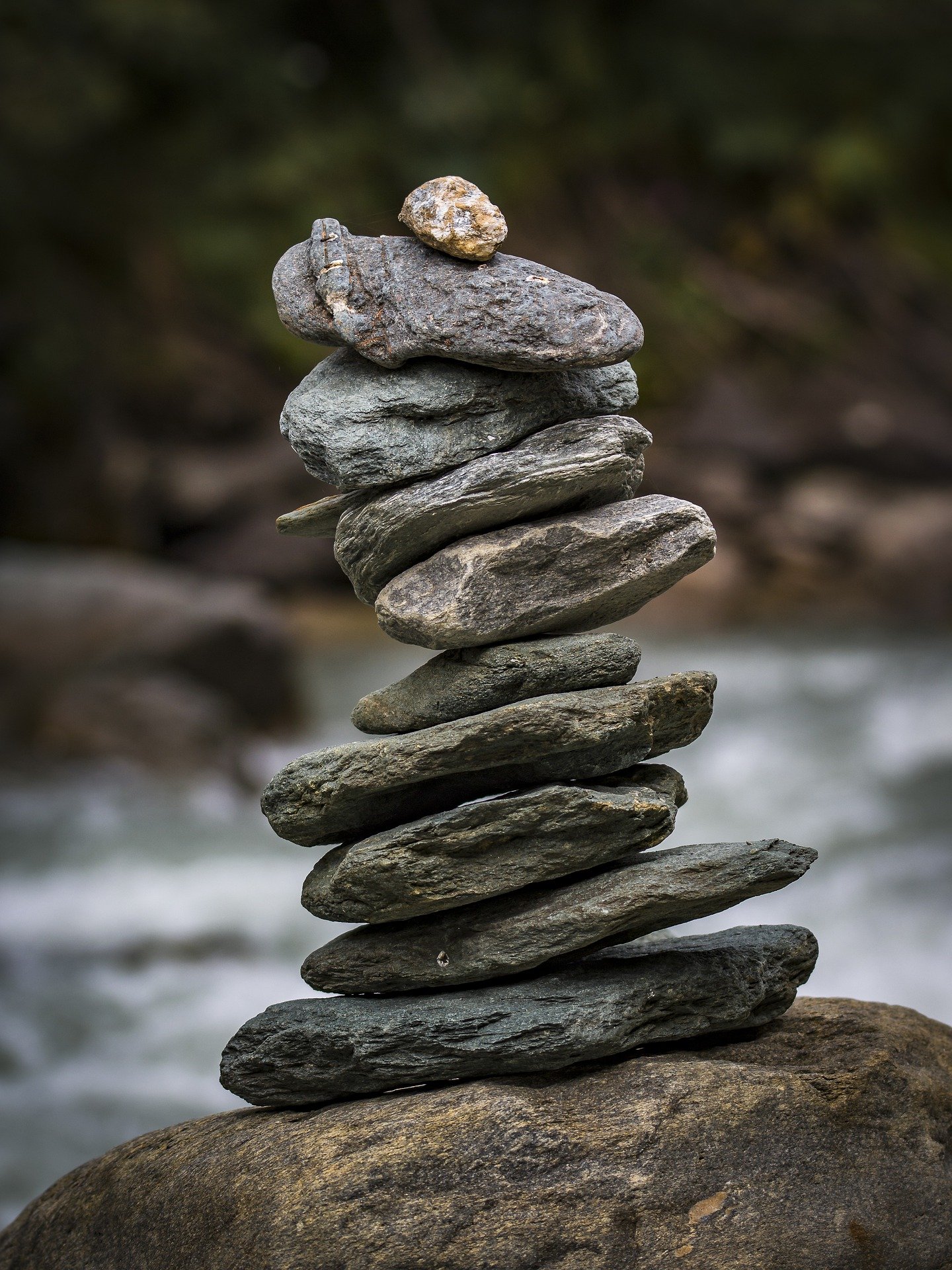Over the past couple years, I have often been asked by people in my personal life or my school, “why math?” I don’t have a definitive single defining moment answer but can draw on inspiration from many places. The first being I like patterns and when things happen in a predictable way. However, I credit my dance education as a big influence, being a dancer seems as far removed from being a lover of mathematics as is possible, yet dancers are masters at creating and reproducing patterns with consistency weather on their own or with a group. In dance classes we talk about 90-degree angles in leg or arm extensions and I learned what 90 degree extensions looked like long before the concept was taught in my school math courses, I danced a unit circle with rond de jambs years before the concept was introduced in Grade 12 pre-calculus. For me trigonometry became devloppes, grand battements and arabesques, precisely measured lines with perfect, consistent and unchanging placement. Sine and cosine graphs are turn sequences across the floor or battement en cloche. As young children, dancers are taught to count multiple rhythms, again another pattern and often in groups of eight. I learned to multiply and divide by eight in the studio, not at school, I knew that I needed 2 sets of 8 counts when my teacher asked us to create 16 counts each and if we were doing 64 counts, we had to do 8 sets of 8. I loved the pattern and routine of it all, the flowing lines of each movement connected to the others and the flawless geometry of the patterns we make as we move across the stage. Dancing is about angles and lines, creating beautiful images through the geometry of the human body.
Most importantly, I was never given the message that math is something to be feared, worked on, puzzled through yes but never feared. Math was part of life, it was in family actives, the distances we had to drive and guessing how long it would take to get there, getting increasingly accurate as I got older and could read the speedometer. We played made up math games in the back yard throwing objects into hula-hoops and using the number in each group to determine how many in total, a precursor to multiplication. Math was always there, numbers were talked about, math homework worked through at the kitchen table or the island. At home, I was encouraged to explain my thinking and when I made mistakes we talked through why it didn’t work. My understanding of algebra and geometry I don’t remember learning in the classroom, I remember sitting at the kitchen table working through it often with my dad and we did it together learning the rules of what you do to one side you must do on the other to keep things balanced I learned at home about balance and the equals sign meaning that they both have the same value. Math was never brought up as scary in our house we were encouraged to try it, to make mistakes because that’s why we do math in pencil and have scrap paper ready to go/ We worked through it questions were encouraged and supported I was able to talk through my process of solving equations at home in ways that I was never able to at school. That’s not saying I didn’t have good teachers and I have positive memories of a couple of my senior secondary math and physics teachers in particular, classes where thinking was encouraged but it was really at home that I learned to love math to love numbers and their orderliness to see patterns and to see the geometry and things to make connections between geometry and measurements. I can remember being a very young child playing with a level and one of the square things that carpenters use it looks like the letter T and being explained how it worked and going in finding different things around the house in the yard to see if they match that angle and using the level to see that that straight line really was flat. Growing up we cooked as a family, my sister and I were encouraged to join our parents in the kitchen to cook and to bake and all those things build a comfortable fluency with numbers anytime we were baking we were exploring fractions, from measurement in fractions to being asked to help double or triple or recipe.
Really, my love of math comes from exposure from it being part of my day-to-day life from no one ever telling me that math is bad or that math is scary I never had that message that you don’t have a math brain and I think that might have been the greatest lesson of all, from my parents’ math wasn’t scary. Math might not be your favorite subject, but everyone is capable of learning math and of trying math and the hard stuff it’s about putting the time in and learning it not what you were born with.





